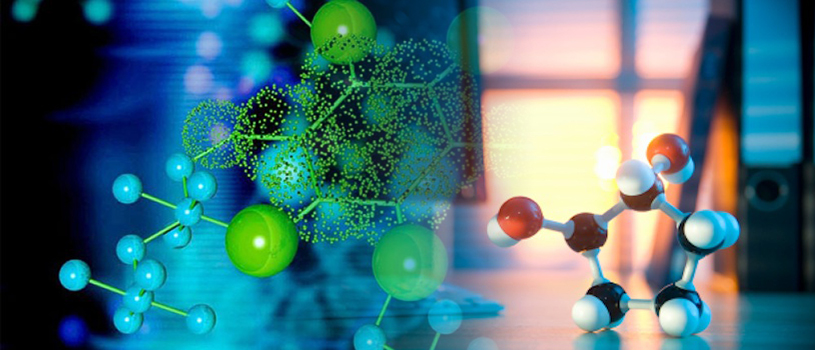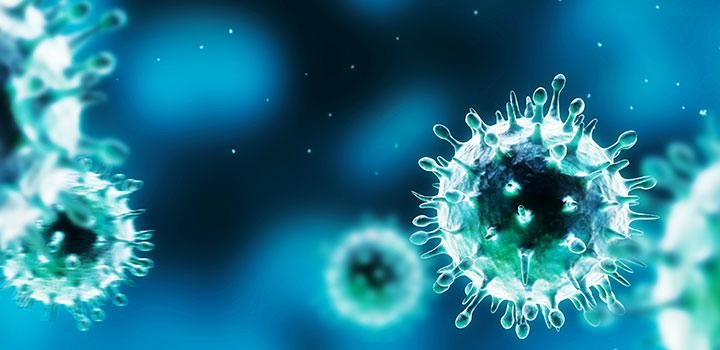
The answer to one of the most exciting questions in particle physics seems almost close enough to touch: Scientists have observed first signs of the Higgs boson and now believe that they will soon be able to prove the existence of the elementary particle they have been trying so hard to isolate.

Think Harry Potter movie magic: Researchers have demonstrated a

Life Technologies Corporation announced Tuesday that it is taking orders for its new benchtop Ion Proton Sequencer, designed to sequence the entire human

(PhysOrg.com) -- For the first time, scientists have developed a method for generating accurate three-dimensional models of the entire DNA strand of a cell, known as a genome.

A new experiment bent light to make a hole in time—albeit one that lasted only about 40 trillionths of a second.

Quantum theory is known for its peculiar concepts that appear to contradict the fundamental principles of traditional physics. Researchers have now succeeded in creating a special quantum state between two mesoscopic gases with approximately 500 atoms. The state is known as a “squeezed“ vacuum, in which measuring one gas affects the results of the measurement on the other. To produce these results the team had to develop a novel detection technique to measure values in atomic gases that were previously unobtainable.

CERN researchers have observed a new particle --- the Chi-b(3P) --- in the ATLAS experiment at the Large Hadron Collider, University of Birmingham and

After gazillions of particle collisions in the LHC and countless rumors of Higgs discoveries, we have... yet another rumor of a Higgs discovery.

Researchers working at the Clarendon Laboratory at the University of Oxford in England have managed to get one small diamond to communicate with another small diamond utilizing "quantum entanglement," one of the more mind-blowing features of quantum physics.

All heavy elements are created in gigantic supernova explosions. Now scientists are competing to create the world

CERN has kicked off the High Luminosity LHC (Large Hadron Collider) study with a workshop bringing together scientists and engineers from some 14 European institutions, along with others from Japan and the USA. The goal is to prepare the ground for an LHC luminosity upgrade scheduled for around 2020.

Researchers at the University of Pittsburgh have made advances in better understanding correlated quantum matter that could change technology as we know it, according to a study published in the Nov. 20 edition of <em>Nature</em>.

Scientists at Chalmers University of Technology in Sweden have succeeded in creating photons from a vacuum. The experiment is based on one of the most